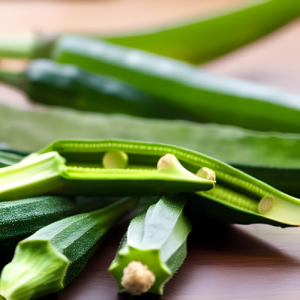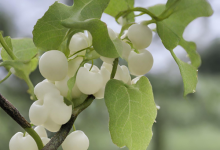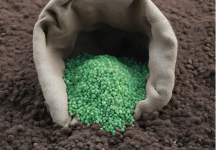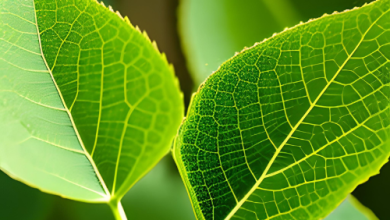Okra illnesses and how to avoid them
In India today, ladyfinger is one of those vegetables that continues to be a personal favorite in nearly every home. But from the moment the seed is sown until the okra fruit is mature, a farmer must guard his field of okra from several illnesses. In this article, we’ll discuss five diseases that harm farmers’ crops. So tell us about those five illnesses and how to avoid them.
YVMV, or Yellow Vein Mosaic Virus
Reason: Ladyfinger plants are susceptible to the viral illness YVMV. Whiteflies (Bemisia tabaci) are the main vectors of this disease, which may cause leaves to yellow severely, veins to become gray, and stunted development.
Control whitefly populations with pesticides or natural predators to stop the spread of YVMV. Eliminate weeds and plants that are contaminated to ensure adequate cleanliness. When available, grow okra types that are virus-resistant.
Fluffy mildew
Cause: Okra is a plant that is susceptible to the fungal disease powdery mildew. It causes leaves to develop white, powdery patches, which hinders photosynthesis and harms the general health of the plant.
Prevention: Keep enough space between okra plants to encourage air circulation in order to stave against powdery mildew. Avoid overhead irrigation since moist leaves might encourage the development of fungi. Choose ladyfinger cultivars that are disease-resistant and use fungicides as needed.
Fungus wilt
The soil-borne fungus Fusarium oxysporum is the culprit behind fusarium wilt. As a consequence, the plant gradually perishes and its leaves wilt and become yellow. The fungus may live for several years in the soil.
Rotate your crops to prevent the buildup of Fusarium in the soil. Use well-drained soil since too much moisture might encourage the development of fungi. Select cultivars of okra that are disease-resistant and avoid planting them in areas with a history of Fusarium wilt.
Leaf spot illness
Reason: Fungi like Cercospora and Alternaria may produce a variety of leaf spot illnesses that might affect okra. These diseases cause black patches to grow on the leaves, which weakens the plant overall and inhibits photosynthesis.
Prevention: Remove affected leaves and plant waste to maintain proper cleanliness and stop the spread of leaf spot infections. Fungicide should be used as a preventative precaution during times of excessive humidity. The incidence of illness may also be lowered with good irrigation management and adequate plant spacing.
Additionally, see: Do not, even accidentally, plant this tree in the fields.
Aphid-borne virus mosaic
Cause: Ladyfinger plants may get infected by aphid-borne mosaic viruses, which are spread by aphids. Low yields, reduced development, and mosaic patterns on leaves are among symptoms.
Insecticides or natural predators may be used to reduce aphid numbers. Keep an eye out for aphid infestation on plants, and get rid of sick plants right away. When they are available, choose okra types that are resistant to aphid-borne mosaic viruses.
These illnesses that harm the lady finger vegetable cause farmers to lose money. However, their safety improves if they get the right preventive treatment.







